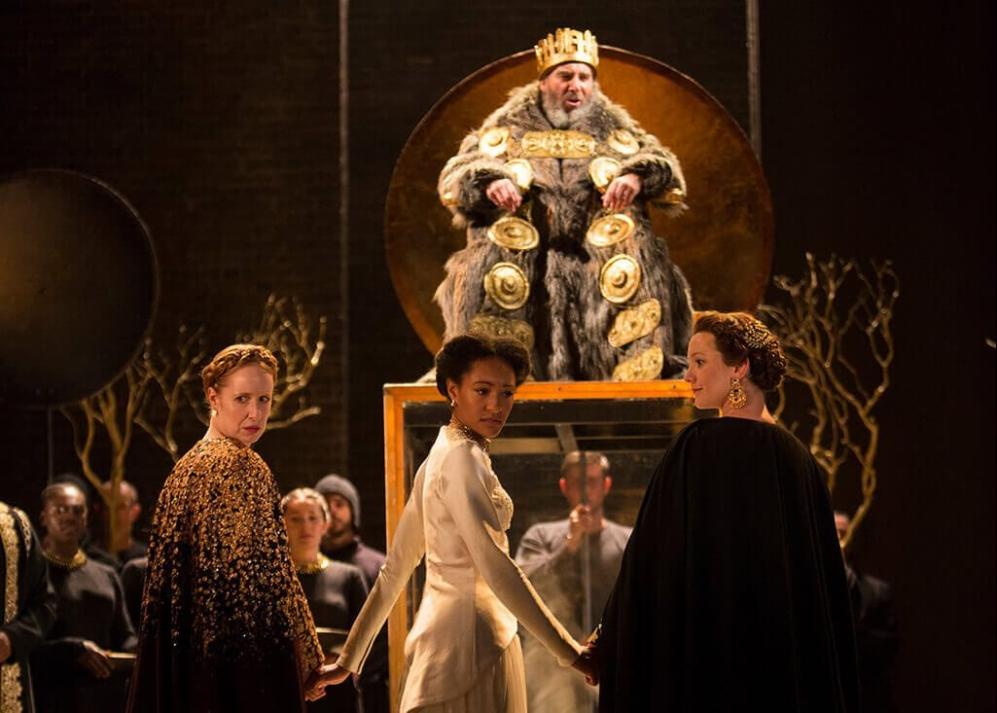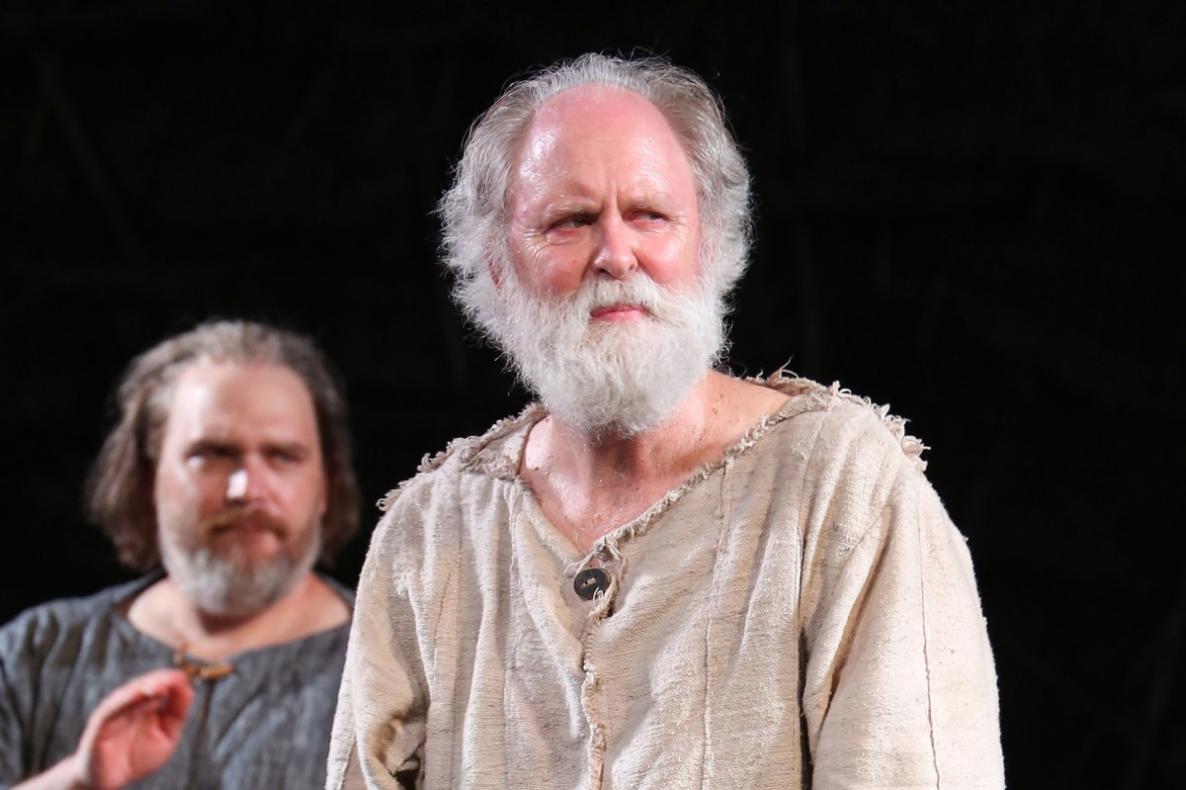How Does Shakespeare Use Symbolism in King Lear to Enhance the Play's Themes?
In the realm of literature, William Shakespeare stands as a master craftsman of language and symbolism. His plays are replete with intricate webs of imagery, metaphors, and symbols that illuminate the depths of human experience. Among his many masterpieces, King Lear stands out as a poignant exploration of power, family, and the fragility of human existence. Within this tragic tale, Shakespeare employs symbolism as a potent tool to amplify the play's central themes, enriching the audience's understanding of the characters' struggles and the play's overarching messages.

Symbolism Of The Storm: A Reflection Of Inner Turmoil
The tempestuous storm that rages throughout the play serves as a powerful symbol of the inner turmoil experienced by King Lear and his daughters. As Lear banishes Cordelia, the storm mirrors the chaos and disruption within his own mind. The howling winds and torrential rain represent the emotional turmoil that engulfs Lear as he grapples with betrayal, ingratitude, and the loss of his kingdom. The storm symbolizes the tempestuous nature of human emotions, the fragility of power, and the unpredictable forces that govern our lives.
The Fool: A Mirror To Lear's Folly
The enigmatic figure of the Fool serves as a constant companion to Lear, acting as a mirror to the king's folly and hubris. Through his biting wit and sardonic remarks, the Fool exposes the absurdity of Lear's actions and the emptiness of his pursuit of power. The Fool's presence highlights Lear's descent into madness, as he becomes increasingly unable to distinguish between truth and illusion. The Fool's symbolic role as a mirror forces Lear to confront his own flaws and the consequences of his rash decisions.
The Motif Of Sight And Blindness: Unveiling Inner Truths

Shakespeare employs the motif of sight and blindness to explore the characters' inner journeys and their struggles to perceive the truth. Lear's initial blindness to his daughters' true nature and his subsequent descent into madness symbolize his inability to see beyond appearances. Gloucester's physical blindness, on the other hand, leads him to a deeper understanding of his own nature and the world around him. The motif of sight and blindness highlights the importance of looking beyond superficial appearances and penetrating the depths of human character to uncover the hidden truths that shape our lives.
The Symbolism Of Clothing: Stripping Away Pretense
Throughout the play, Shakespeare uses clothing as a symbol to explore the characters' identities and their relationships with each other. Lear's decision to strip off his royal garments and wander the storm-ravaged heath symbolizes his rejection of his former power and status. He sheds the trappings of kingship, revealing his vulnerability and humanity. Similarly, Edgar's disguise as a beggar allows him to escape the clutches of his treacherous brother and gain a deeper understanding of the world around him. The symbolism of clothing emphasizes the fluidity of identity and the impermanence of worldly possessions.
Shakespeare's masterful use of symbolism in King Lear elevates the play beyond a mere tale of tragedy and transforms it into a profound exploration of the human condition. Through the storm, the Fool, the motif of sight and blindness, and the symbolism of clothing, Shakespeare illuminates the complexities of human nature, the fragility of power, and the enduring search for truth and meaning in a world of uncertainty. These symbols enrich the play's themes, providing audiences with a deeper understanding of the characters' struggles and the play's overarching messages.
YesNo

Leave a Reply